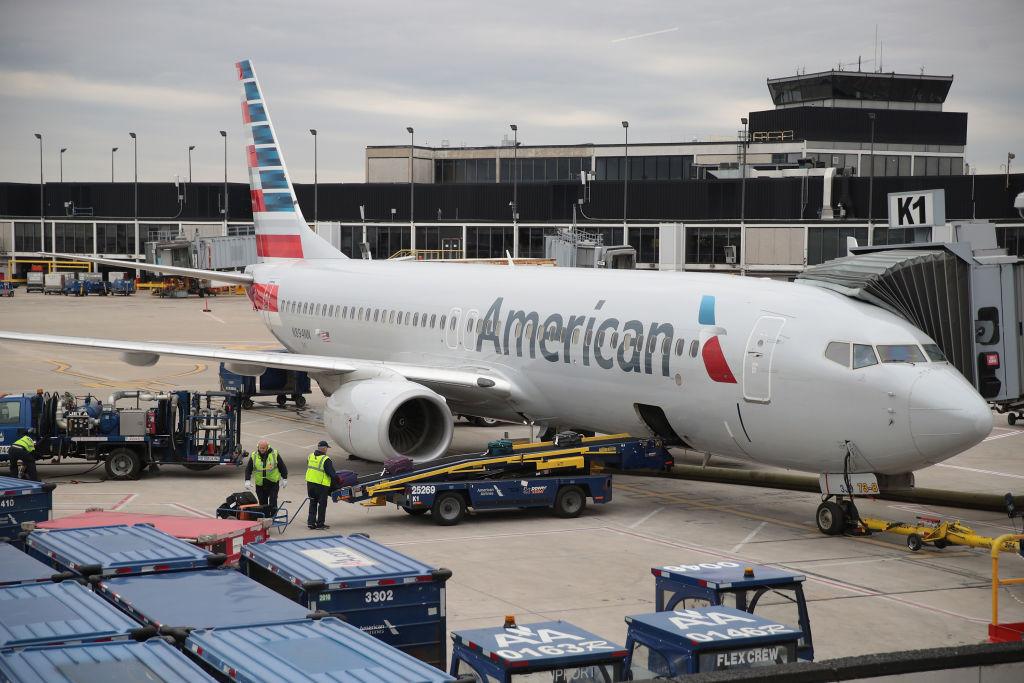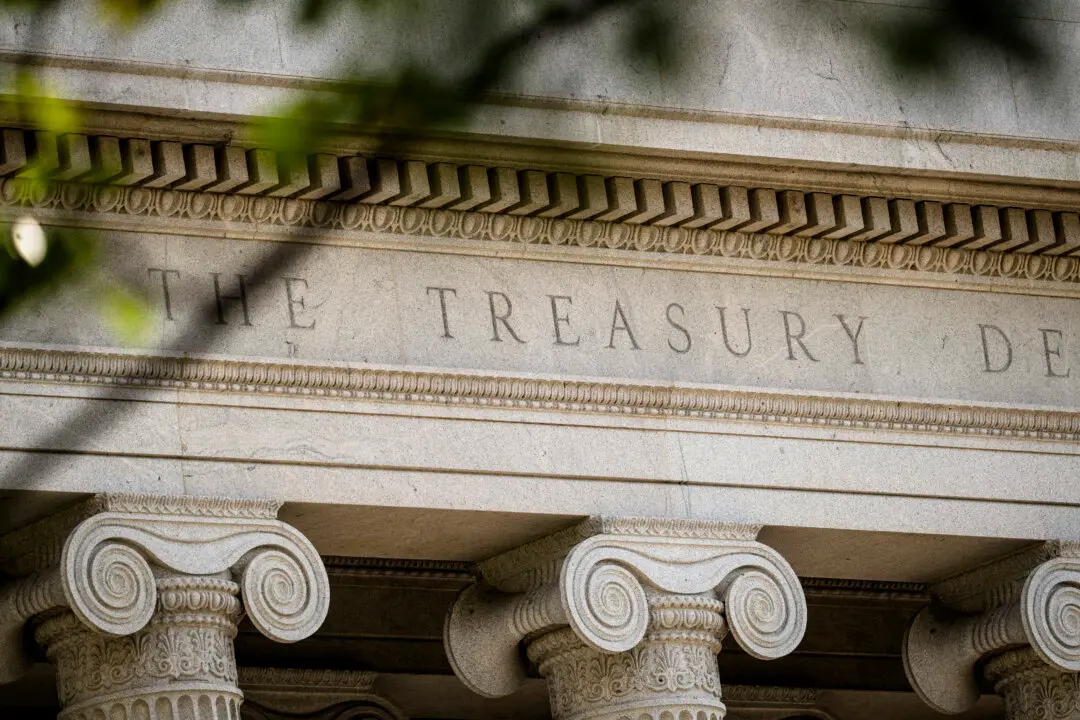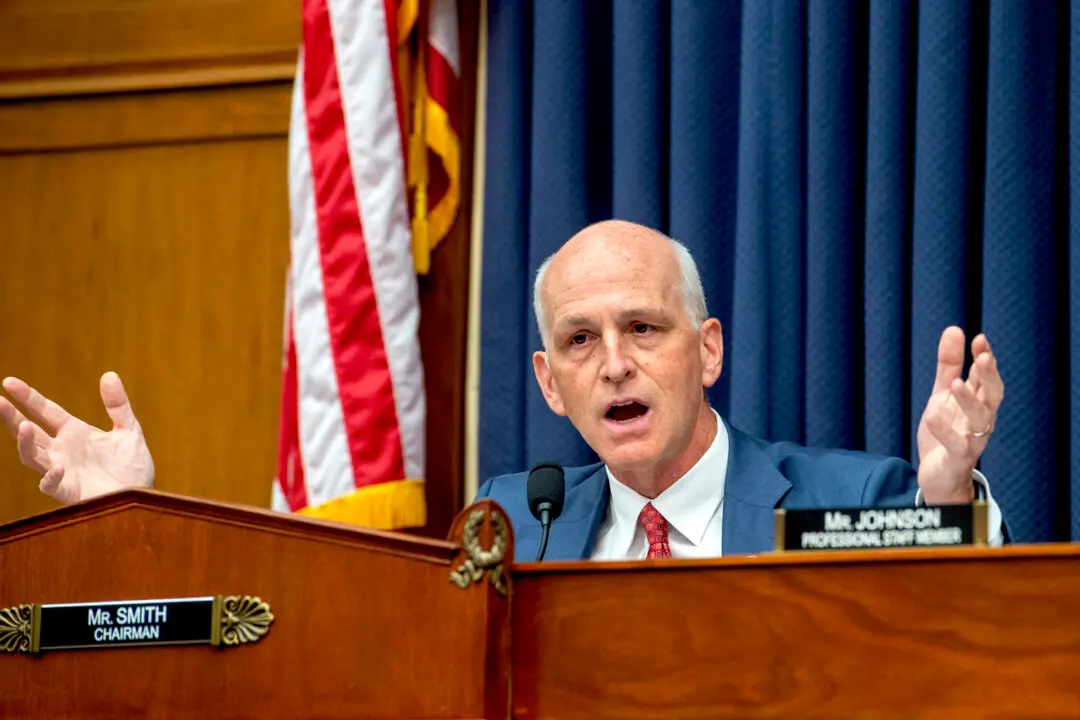U.S. airlines are losing market share to some Chinese state-backed competitors, which have the benefit of hefty subsidies from central and local governments in China.
Two U.S. airlines recently announced plans to cancel routes to China, according to an Aug. 21 report by Reuters. American Airlines, the largest U.S. carrier by passenger volume, said it would drop a route between Chicago and Shanghai, canceling the second direct flight from the U.S. city to China in four months. In May, American had pulled the plug on a Chicago–Beijing route.





